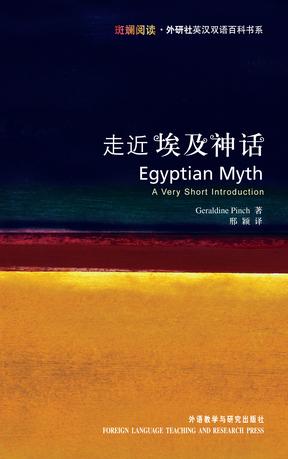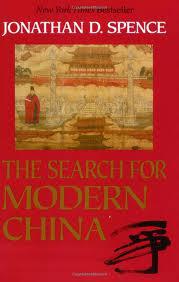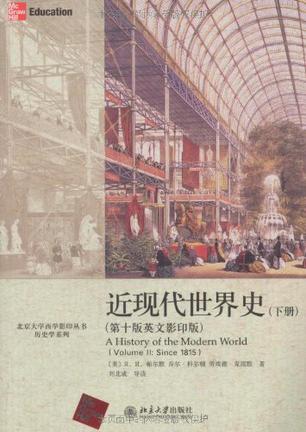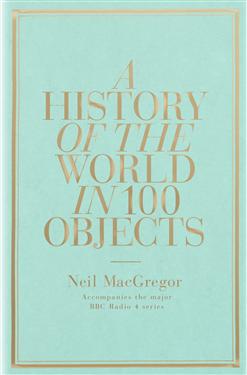-

What Remains
The Taiping Rebellion was one of the costliest civil wars in human history. Tens of millions of people lost their lives, as Chinese rebels, imperial armies, and local militias clashed across the Yangzi Delta. Yet while the Rebellion has been intensely studied, we still know little of how individuals coped with these cataclysmic events. Drawing upon a rich array of primary sources, What Remains explores the issues that preoccupied Chinese and Western survivors. Individuals, families, and communities grappled with fundamental questions of loyalty and loss as they struggled to rebuild shattered cities, bury the dead, and make sense of the horrors that they had witnessed. Driven by compelling accounts of raw emotion and deep injury, What Remains opens a window to a world described by survivors themselves. By making a place for individual pain, moral and political confusion, religiosity, and emotions, this book transforms our understanding of China's 19th century and re-contextualizes suffering and loss in China during the 20th century. -

Guns, Germs, and Steel
Winner of the Pulitzer Prize, "Guns, Germs, and Steel" is a brilliant work answering the question of why the peoples of certain continents succeeded in invading other continents and conquering or displacing their peoples. This edition includes a new chapter on Japan and all-new illustrations drawn from the television series. Until around 11,000 BC, all peoples were still Stone Age hunter/gatherers. At that point, a great divide occurred in the rates that human societies evolved. In Eurasia, parts of the Americas, and Africa, farming became the prevailing mode of existence when indigenous wild plants and animals were domesticated by prehistoric planters and herders. As Jared Diamond vividly reveals, the very people who gained a head start in producing food would collide with preliterate cultures, shaping the modern world through conquest, displacement, and genocide.The paths that lead from scattered centers of food to broad bands of settlement had a great deal to do with climate and geography. But how did differences in societies arise? Why weren't native Australians, Americans, or Africans the ones to colonize Europe? Diamond dismantles pernicious racial theories tracing societal differences to biological differences. He assembles convincing evidence linking germs to domestication of animals, germs that Eurasians then spread in epidemic proportions in their voyages of discovery. In its sweep, "Guns, Germs and Steel" encompasses the rise of agriculture, technology, writing, government, and religion, providing a unifying theory of human history as intriguing as the histories of dinosaurs and glaciers. -

走近埃及神话
古埃及的神话复杂而神秘。著名的方尖碑、图坦卡蒙镀金小雕像、讲述诸神不端行为的故事……这些都代表着什么?人们是如何解释它们的?本书作者以全新的视角、深入浅出的文字介绍了埃及神话中的核心人物和故事,概括并分析了埃及神话特有的结构和特点,揭示了埃及神话与古埃及文明之间的密切关系。 第一章 埃及神话:人们脑海中的埃及形象 (代表文物:克里奥帕特拉尖塔) 第二章 神词:语言与神话 (代表文物:梅特涅石碑) 第三章 众神:神与神话 (代表文物:索贝克-拉与阿蒙霍泰普三世组合雕像) 第四章 美丽的时刻:创世神话 (代表文物:夏巴卡石碑) 第五章 黑土地、红土地:神话的地理环境 (代表文物:绘有冥界地图的棺椁) 第六章 两土地之王:国家神话 (代表文物:图坦卡蒙持鱼叉的镀金小雕像) 第七章 一场大战:斗争与和解 (代表文物:《彻斯特比提蒲纸本一号》) 第八章 宇宙之眼:神话与象征主义 (代表文物:“神圣之眼”护身符) 第九章 个人的神话:神话与民间宗教 (代表文物:河马长牙防护魔杖) 第十章 木乃伊归来 (代表文物:谷物木乃伊) -

The Search for Modern China
-

近现代世界史(下册)
《近现代世界史(下册)(第10版英文影印版)》讲述的是从中世纪末期到21世纪初的近现代世界的历史。作者以其深刻的历史洞见和巧妙的叙述技巧,为纷繁复杂的当代世界揭示出了历史变迁中的演变之迹。在20世纪后半期美国的世界史教科书中,《近现代世界史(下册)(第10版英文影印版)》是寿命最长、读者最多,影响最大的一种,畅销近六十年,修订十版。影印版依据最新的英文第十版,分为上下两册(上册1815年前,下册1815年后)。 -

A History of the World in 100 Objects
'In this book, we travel back in time and across the globe, to see how we humans have shaped our world and been shaped by it over the past two million years. The story is told exclusively through the things that humans have made - all sorts of things, carefully designed and then either admired and preserved or used, broken and thrown away. I've chosen just a hundred objects from different points on our journey - from a cooking pot to a golden galleon, from a Stone Age tool to a credit card, and each object comes from the collection of the British Museum' - [from the introduction]. This book takes a dramatically original approach to the history of humanity, using objects which previous civilisations have left behind them, often accidentally, as prisms through which we can explore past worlds and the lives of the men and women who lived in them. The book's range is enormous. It begins with one of the earliest surviving objects made by human hands, a chopping tool from the Olduvai gorge in Africa, and ends with an object from the 21st century which represents the world we live in today. Neil MacGregor's aim is not simply to describe these remarkable things, but to show us their significance - how a stone pillar tells us about a great Indian emperor preaching tolerance to his people, how Spanish pieces of eight tell us about the beginning of a global currency or how an early Victorian tea-set tells us about the impact of empire. Each chapter immerses the reader in a past civilisation accompanied by an exceptionally well-informed guide. Seen through this lens, history is a kaleidoscope - shifting, interconnected, constantly surprising, and shaping our world today in ways that most of us have never imagined. An intellectual and visual feast, it is one of the most engrossing and unusual history books published in years.